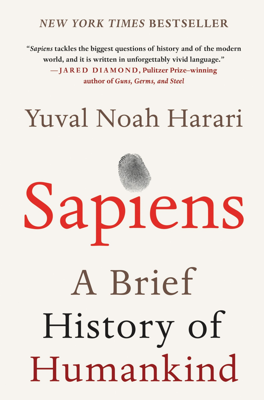A Day in the Life of Adam and Eve
Nature, History, and Psychology of Hunter-Gatherers
For most of their existence, Homo sapiens lived as hunter-gatherers until recent transitions to agricultural and urban lifestyles. The field of evolutionary psychology suggests that many modern behavioral characteristics stem from this lengthy pre-agricultural period. Insights into phenomena like obesity can be derived from understanding ancient humans’ environments and the resulting genetic tendencies developed for survival, such as the urge to consume high-calorie foods amid scarcity.
Social Structures and Sexual Relations
Hunter-gatherer societies, contrary to the nuclear family norm seen in present-day societies, might have been communal, lacking concepts of private property or monogamy. Some evolutionary psychologists argue this structure is more compatible with human biology, pointing to communal rearing practices and shared sexual partnerships as evidence. This perspective is contentious, with other scholars asserting that monogamy and nuclear families are fundamental human traits, evidenced by modern societal norms and inheritance patterns.
Lifestyle and Diet of Foragers
Hunter-gatherers likely enjoyed a more varied diet than later agriculturalists, contributing to better overall health and less susceptibility to famine and food shortages. They had a broad knowledge of their environment which was crucial for their survival and well-being. The forager lifestyle is characterized by fewer work hours compared to modern industrial societies, and a mobility that influenced their social structures and interactions.
Material Culture and Archaeological Understanding
Despite their mobile lifestyle limiting material possessions, foragers developed significant skills and cultural practices that are challenging to interpret from the sparse archaeological record. Modern forager societies, though observed by anthropologists, are influenced by neighboring agricultural or industrial societies, and their lifestyle may not accurately reflect those of ancient foragers.
Conclusions on Forager Societies
Pre-agricultural societies were diverse in their social, political, and religious structures. While they generally enjoyed affluent conditions with diverse diets and fewer diseases, their lives were not without hardship, including high child mortality and periods of famine. The spectrum of how peaceful or violent these societies were is debated, with archaeological evidence supporting both views depending on the region and time period.
Furthermore, the archaeological record provides limited information, leading to substantial gaps in our understanding of the specifics of their spiritual and cultural lives. Efforts to understand the sociopolitical dynamics and daily experiences of ancient hunter-gatherers are hindered by the scant and ambiguous evidence available. Thus, while we can outline general lifestyle patterns and highlight the ecological knowledge and adaptations of these societies, many details of their individual and collective lives remain largely unknown.
